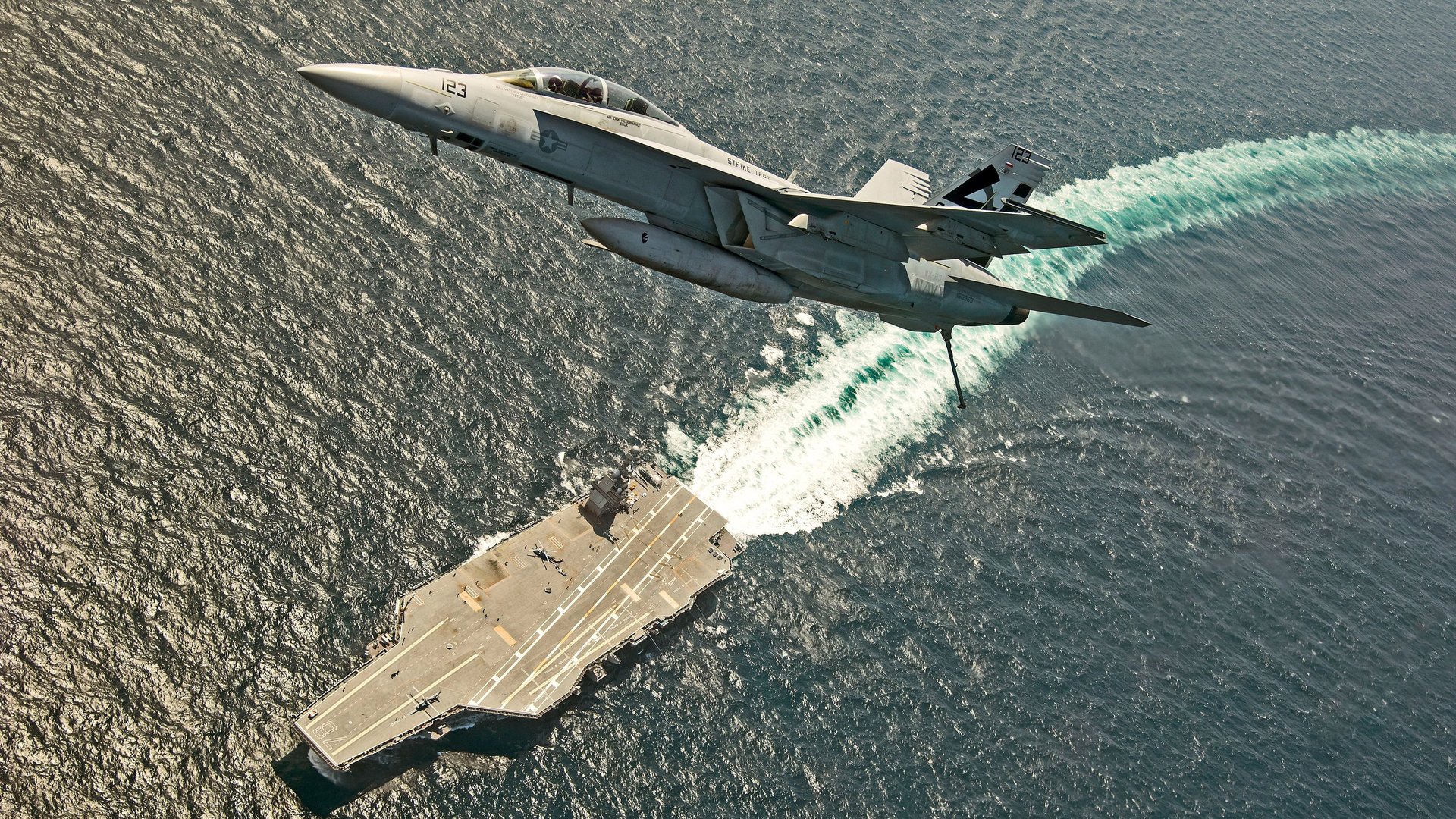The US is talking about “great power competition.” What does that mean?
The US is creating a new naval command and redeploying the Second Fleet in the Atlantic, the department of defense announced yesterday (May 4), putting teeth behind a new national security strategy announced in January.


The US is creating a new naval command and redeploying the Second Fleet in the Atlantic, the department of defense announced yesterday (May 4), putting teeth behind a new national security strategy announced in January.
“We will continue to prosecute the campaign against terrorists that we are engaged in today, but great power competition, not terrorism, is now the primary focus of US national security,” secretary of defense Jim Mattis announced. Specifically, the US will prioritize curbing the aggressions of China and Russia.
If all of this sounds vaguely familiar, it should. It’s an echo of language that’s been part of geopolitics for two centuries.
In 1814, towards the end of the Napoleonic Wars, five Great Powers emerged in Europe: the UK, France, Russia, Austria, and Prussia (which later became Germany). Those powers jockeyed for control of Europe—and through their colonial empires, the rest of the globe—and their rivalry eventually tipped into World War I.
In the 20th century, new powers emerged, notably the US and the Soviet Union, and their Cold War defined global affairs from the end of World War II to the collapse of the USSR in 1991.
While the global war on terror has pre-occupied the US since Sept. 11, 2001, there’s been an undercurrent of yearning among US military and diplomatic types for the good old days, when the US understood who it was fighting and knew the tactics it would take to win. The Soviet Union, formidable as it was, seemed to be playing by the same rules, unlike the shadowy networks of terrorists of al-Qaeda and ISIL.
The Cold War was also good business for US military contractors. Fighting communism meant buying big hardware like aircraft carriers and ICBMs. The US has spent trillions fighting terrorism, but doesn’t have as many shiny toys to show for it. With the rebranding of US military strategy to focus on China and Russia, the US military establishment again has the enemy it wants. “Real men fight real wars,” one anonymous Pentagon official told Nicholas Schmidle in the New Yorker (paywall). “We like the clarity of big wars.”
But if the US is going to re-fight the Cold War, it may be doing it alone. Sixty years ago, the US had a network of allies and satellite states it nurtured through diplomacy and lavish foreign aid. As Benn Steil makes clear in Foreign Policy (paywall), the US emerged from the last Cold War with its allies intact.
In an era of “America First,” it’s unclear who is going to join the US in the next one.